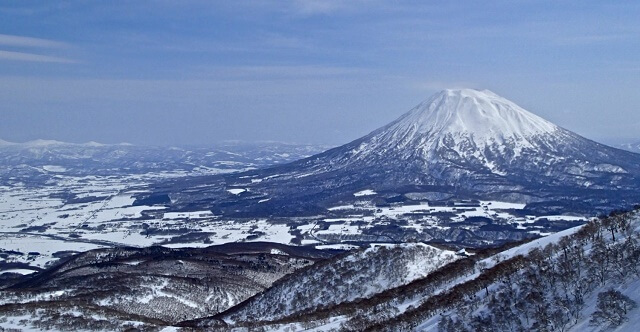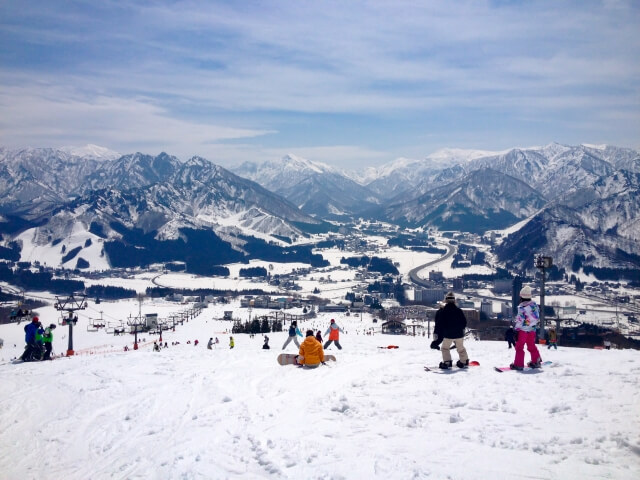-

- 2023-2024 Snow Resort Guide in Japan: Asia’s Winter Wonderland
- Japan | Indoor Activities
-

- Niseko Ski Resort
- Hokkaido | Best Views
-

- Skiing and Snowboarding in Japan
- Japan | Sports
-

- 2020 Top 30 Hot Springs (Onsen) in Japan
- Japan | Hot Springs
-

- 37 of the Best Things to Do in Hokkaido
- Hokkaido | World Heritages
-

- Winter illuminations at Rusutsu Resort in Hokkaido
- Hokkaido | Art & Culture
Hokkaido Prefecture
Niseko / Lake Toya
ニセコ・洞爺湖
Spot Ranking
Related Articles
Itineraries
Other areas of Hokkaido
-
- Central Sapporo
-

-
Odori Park
-
Sapporo Clock Tower
-
Hokkaido Shrine
- ...etc
-
-
- Onuma / Matsumae / Esashi
-

-
Matsumae Park
-
Our Lady of the Lighthouse Trappist Monastery
-
Onuma Quasi-National Park
- ...etc
-
-
- Tomakomai / Shiraoi / Noboribetsu
-

-
Noboribetsu Onsen
-
Upopoi (NATIONAL AINU MUSEUM AND PARK)
-
Northern Horse Park
- ...etc
-
-
- Kushiro / Three Great Lakes
-

-
Lake Akan
-
Washou Ichiba Market
-
Lake Mashu First Observation Deck
- ...etc
-
-
- Rishiri / Rebun
-

-
Rishiri Island
-
Rebunto
-
Cape Sukoton
- ...etc
-
-
- Eniwa / Chitose / Shikotsuko
-

-
New Chitose Airport Domestic Terminal Building
-
Lake Shikotsu
-
Shikotsukonsen
- ...etc
-






















































